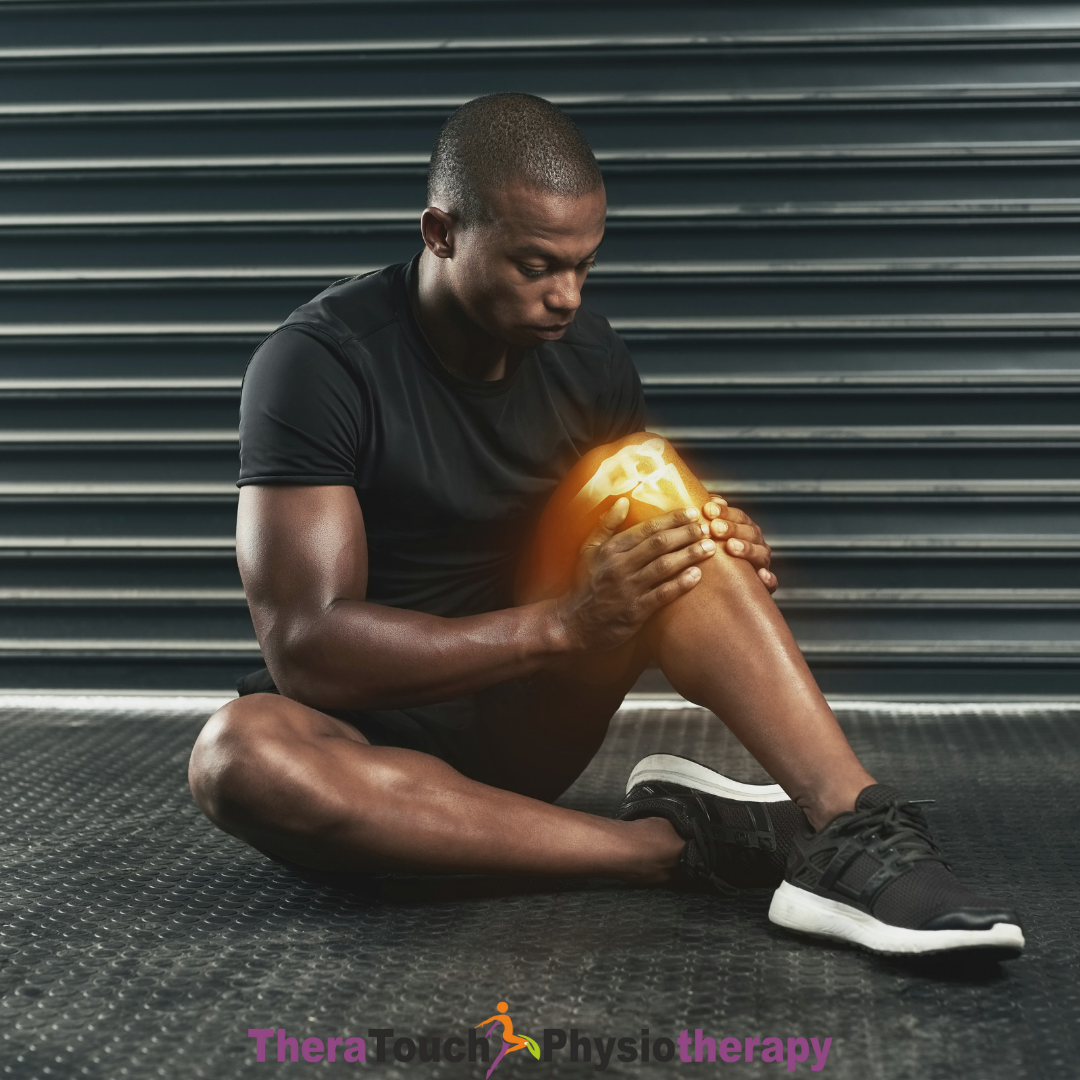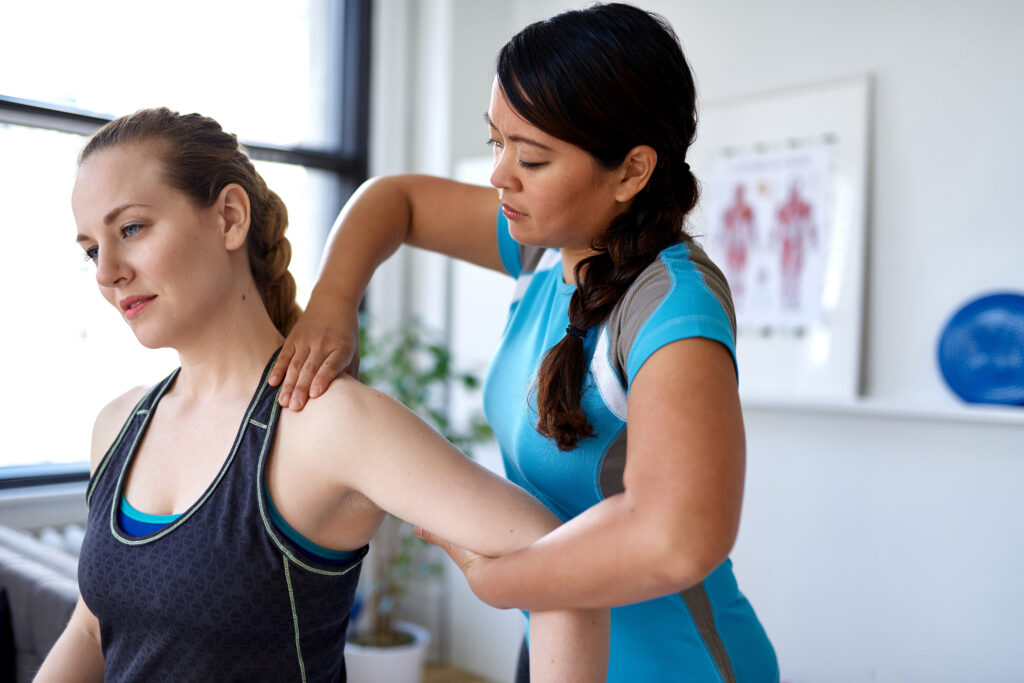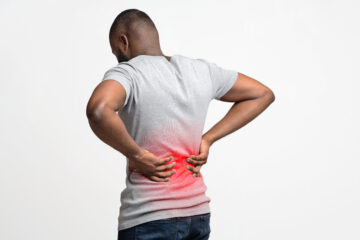Benefits of Pelvic Floor Physiotherapy During & After Pregnancy
Pregnancy and childbirth are incredible journeys that bring profound changes to a woman’s body. Amidst the joy and anticipation, many women experience physical challenges, especially concerning their pelvic floor health. Pelvic floor physiotherapy emerges as a vital ally during this transformative period, offering a range of benefits that extend from pregnancy to postpartum recovery.
Preventing Issues During Pregnancy
As the body undergoes significant changes during pregnancy, the pelvic is put under increased stress. Pelvic floor physiotherapy plays a preventive role, addressing issues such as pelvic pain, incontinence, and discomfort. Through targeted exercises and education, women can proactively manage these challenges, promoting a healthier pregnancy experience.
Optimizing Labor and Delivery
Pelvic floor physiotherapy equips expectant mothers with techniques to enhance pelvic muscle flexibility and strength. These exercises can contribute to better endurance during labor, potentially easing the birthing process. Knowledgeable physiotherapists guide women in harnessing the power of their pelvic floor muscles for improved control and coordination.
Postpartum Recovery
The postpartum period brings its own set of physical adjustments. This physiotherapy aids in restoring muscle tone and function, addressing effects incurred during childbirth. This proactive approach accelerates recovery, reducing the likelihood of long-term issues like pelvic organ prolapse or urinary incontinence.
Incontinence Management
One of the most common postpartum concerns is urinary incontinence. Pelvic floor physiotherapy provides targeted exercises to strengthen the pelvic floor muscles, addressing and often alleviating incontinence issues. This not only enhances physical comfort but also contributes to improved mental well-being.
Pelvic Pain Relief
Pregnancy can sometimes lead to pelvic pain due to increased pressure on the pelvic region. Pelvic floor physiotherapy employs a holistic approach to address and alleviate this discomfort, incorporating exercises, manual therapy, and lifestyle modifications tailored to the individual’s needs.
Enhancing Intimacy
Beyond the physical benefits, pelvic floor physiotherapy contributes to improved sexual health. By promoting muscle tone and flexibility, women can regain confidence and comfort in their intimate relationships postpartum. During postpartum, some women struggle with intercourse(Dyspareunia). That is quite common but our personalized routines are here to help! Open communication with physiotherapists fosters a supportive environment for addressing any concerns related to sexual well-being.
Educating and Empowering Women
Pelvic floor physiotherapy is not only about exercises; it’s an educational journey. Physiotherapists provide valuable insights into pelvic health, empowering women with knowledge about their bodies. This education fosters a proactive mindset, enabling women to make informed choices for their well-being during and after pregnancy.
This physiotherapy stands as a cornerstone in promoting holistic maternal health. From preventing issues during pregnancy to supporting postpartum recovery, its benefits extend far beyond the physical realm. By embracing this proactive approach, women can navigate the transformative journey of motherhood with greater confidence, comfort, and resilience.
TheraTouch Physiotherapy on Carling Ave, Ottawa offers General, Sports & Pelvic Health Physiotherapy and can help with labour and postpartum issues. Speak to us and be on your journey to wellness!








